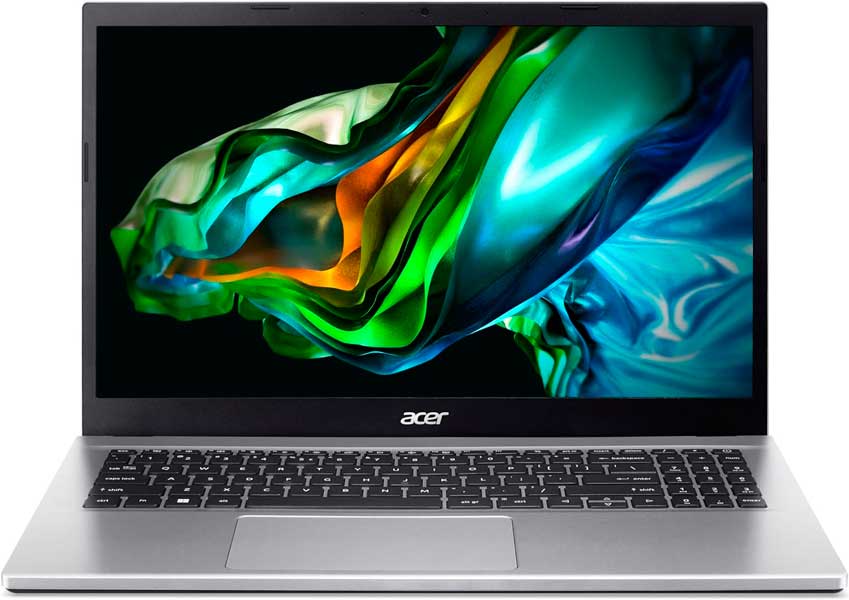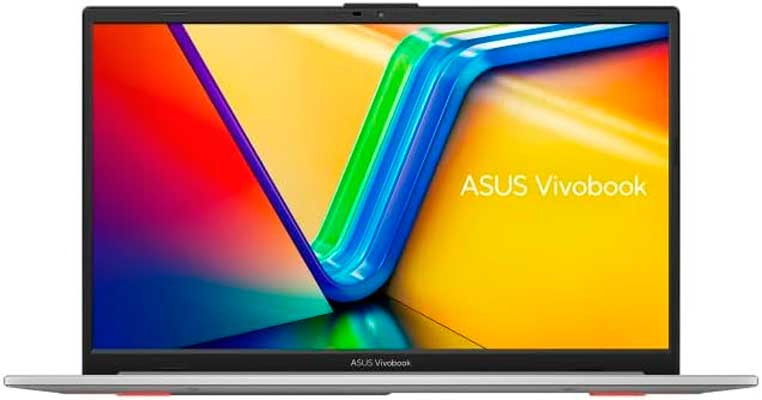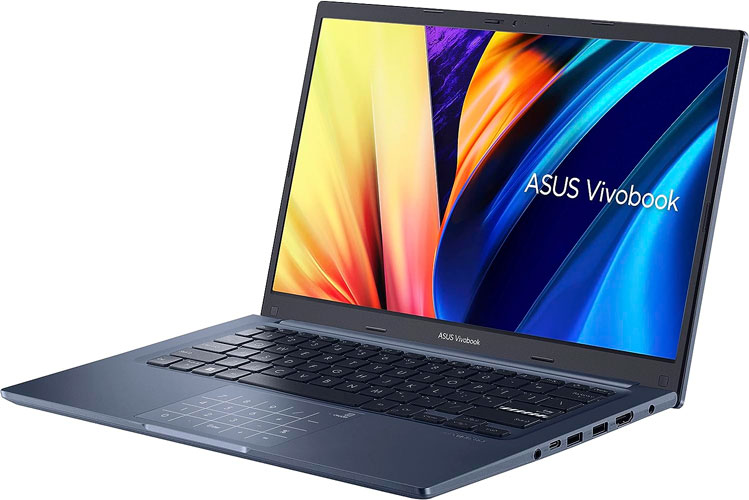Buying a new laptop on a tight budget can feel like an impossible mission—especially when you still want solid performance, all-day battery, and a decent screen. The good news: in 2025, the best laptops under 500 are genuinely capable for study, office work, entertainment, and even light gaming. In my case, for video calls and docs, a Full HD screen and 8GB RAM make a bigger difference than a high-end CPU—and that simple rule has saved me (and my wallet) more than once.
Below you’ll find quick picks by use case, a straight-talk buying guide, and a realistic look at laptops under 500 for gaming. I’ll also sprinkle in a few personal notes from real-world use—because specs don’t tell the whole story.
Fast picks: the best laptops under 500 dollars (by profile)
Prices bounce around with sales; I flag models that frequently dip below $500 or are easy to find refurbished/open-box under that mark.
Students / Classes & Notes (lightweight, battery)
- Lenovo Flex 5i Chromebook Plus (14″) — snappy for ChromeOS, bright 1080p touch display, great keyboard; commonly near or under $500 during promos.
- Acer Chromebook Plus 515 (15.6″) — bigger screen for split-view study, strong battery, Wi-Fi 6.
Office / Remote Work (RAM + keyboard + webcam)

- Acer Aspire 3 (14″ or 15″) – Ryzen 3 7320U/7520U — reliable everyday Windows performer, usually ships with NVMe SSD; watch for 8GB RAM configs.
- HP Laptop 15 (15-fc/15-fq series) — comfortable keyboard, often 8GB/256GB SSD at this price; check for USB-C charging.
Entertainment & Streaming (screen + speakers)

- ASUS Vivobook Go 15 (E1504) — lightweight 15″, IPS-level panels on some trims, silent for streaming.
- Lenovo IdeaPad 1 (14″) – Ryzen 3/Intel N200 — basic but smooth for Netflix/YouTube and docs; prioritize the FHD panel.
Travel & Portability (thin, light, long battery)

- Acer Chromebook Spin 514 — sturdy aluminum build, 2-in-1 flexibility for cramped trays, excellent battery life.
- HP Chromebook x360 14 — comfortable for long typing sessions, reliable trackpad, typically under 3.5 lb.
2-in-1 on a budget (note-taking + touch)

- Lenovo IdeaPad Flex 3 Chromebook (11–12″) — ultra-portable, perfect for quick notes and browsing.
- ASUS Vivobook 14 (select trims) — Windows convertible; look for sales/refurbs to land < $500.
Personal note: If you work remote, prioritize keyboard and webcam. A cheap 720p sensor can be grainy and noisy; I’ve learned it’s worth scanning reviews for webcam quality before buying.
Buying guide: how to choose without overspending
Minimum practical specs for 2025
- RAM: 8GB (16GB if you open tons of tabs).
- Storage: 256GB NVMe SSD on Windows; on Chromebooks, 64–128GB is fine if you live in the cloud.
- Display: 1920×1080 (Full HD) minimum; IPS-type if possible for better viewing angles.
- Wi-Fi: Wi-Fi 6 or better.
- Ports: USB-C (ideally with Power Delivery), USB-A, HDMI, and a headphone jack.
Quick reference (what to prefer/avoid):
| Component | Prefer | Avoid (if you can) | Why |
|---|---|---|---|
| CPU | AMD Ryzen 3/5 7000-U series (e.g., 7320U, 7520U), Intel Core i3 older gen or Intel N200 (for basic tasks), recent Chromebook Plus chips | Very old Celeron/Pentium, eMMC-only Windows machines | Modern low-power chips are far smoother; eMMC on Windows feels sluggish |
| RAM | 8GB (upgradable if possible) | 4GB on Windows | 4GB will choke with tabs/apps |
| Storage | NVMe SSD 256GB | 64/128GB eMMC (Windows) | SSD speed matters for boot/apps |
| Display | FHD IPS | 1366×768 TN | Text clarity + angles matter for study/work |
From experience, keeping RAM at 8GB and the screen at Full HD delivers the biggest everyday win. I’ve tested cheaper 1366×768 panels and always regret the trade-off.
Windows vs Chromebook under $500: what fits you?
Pick Windows if you need… Office apps offline, specialized software (Zoom with virtual backgrounds, light photo edits in GIMP/Photoshop Elements), multiple peripherals.
Pick Chromebook if you need… Simplicity, security, long battery life, and mostly web-based tools (Google Workspace, Canvas, Notion). “Chromebook Plus” models are noticeably faster and better for multitasking.
I’ve used lightweight Chromebooks on trips and the battery + low weight combo is hard to beat. For remote meetings, though, I switch to Windows for broader app support.
Laptops under 500 for gaming: what to expect (and how to win)
This price band won’t get you dedicated GPUs, but integrated graphics have improved. Think eSports and indie titles on low/medium settings:
- Playable targets: Fortnite, Rocket League, League of Legends, Valorant, Minecraft, Stardew Valley, Hades-like titles.
- Chips to watch: AMD’s integrated Radeon 610M/710M (Ryzen 7000-U low-power) and recent Intel UHD/Xe iGPUs.
- Settings tips: 720p–1080p at Low/Medium, cap FPS to stabilize.
- Storage: Aim for 256GB; many games are 10–30GB.
- Pro move: Pair with cloud gaming (Xbox Cloud, GeForce NOW) for AAA titles, or grab a refurb with a last-gen GTX-class dGPU if you find a unicorn deal.
Budget-friendly “gaming-capable” examples
Light gaming expectations

- Acer Aspire 3 (Ryzen 5 7520U trims) — more headroom for iGPU.
- ASUS Vivobook Go 15 (Ryzen) — decent thermals, easy to carry to a friend’s place.
- Lenovo Flex 5i Chromebook Plus — great for cloud gaming + Android titles.
When I wanted to game under $500, I lowered graphics to medium/low and focused on competitive titles—way better experience than pushing heavy AAA games locally.
Money-saving tips: deals, refurbished, simple upgrades
- Timing: Back-to-School, Labor Day, and Black Friday often push solid Windows/Chromebook configs below $500.
- Refurbished/Open-Box: Retailer refurbs can net you Ryzen 5 or Core i5 tiers under $500—often the best value.
- Upgrades: Some Windows models let you add RAM or swap the SSD later; check access panels and YouTube teardowns.
- Essentials you already own: If you have a good USB-C charger or a 1080p external monitor, you can pick a cheaper trim and still upgrade your day-to-day experience.
FAQs
What are the best laptops under 500 for students in 2025?
Look at Lenovo Flex 5i Chromebook Plus, Acer Chromebook Plus 515, or a Windows option like Acer Aspire 3 with 8GB RAM/256GB SSD. Prioritize a comfortable keyboard and a clear 1080p screen.
Is a touchscreen worth it at this price?
If you take notes, draw simple diagrams, or annotate PDFs, a 2-in-1 like Acer Chromebook Spin 514 or Lenovo IdeaPad Flex 3 Chromebook is great. Otherwise, spend that budget on RAM/storage.
Can I edit photos or videos on a sub-$500 laptop?
Light photo edits in web apps or lightweight desktop tools are fine. For frequent video editing, save up for a stronger CPU/GPU tier or leverage cloud tools.
How long should the battery last?
Chromebooks often hit 8–12 hours; Windows machines vary by chip and display. Lower brightness + battery-saver modes help either way.
Conclusion
The best laptops under 500 dollars in 2025 aren’t unicorns—they’re just about picking the right compromises. If you prioritize 8GB RAM, a 256GB SSD, and a Full HD screen, you’ll feel the difference every single day. For me, that simple checklist (plus a decent keyboard and webcam for meetings) beats chasing flashy specs that don’t help with real work. Whether you go Chromebook for battery and simplicity or Windows for flexibility, the picks above will steer you toward value without regrets—and they’ll keep you productive, entertained, and portable on a student or remote-work budget.

